Portuguese Wine – 13 Portugal’s Wine Region to Love
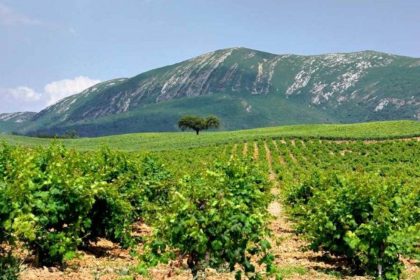
Portuguese Wine is very known all over the world not only by its quality but also by its diversity, such as wine or grapes – actually, there are more than 250 species of native grapes in Portugal.
Known by its traditions, Portugal is today the 11º biggest producer of wine all over the globe, after Germany, representing an average of 3% of all world production.

Portugal nowadays is famous for its fortified sweet wine, Port wine, and also Madeira and Verde wines. Actually, the Region of Lisbon is gaining a lot of attention from the international markets. The consequence is a greater demand.
First of all, let’s understand how to classify the Portuguese Wine:
How to Classify Portuguese Wine
During a lot of years, the criteria of classification of these wines prejudiced all the process because they were confused and limit the number of grapes, techniques, laws, and so on. However, when Portugal enter the European Union the country gain origin denominations. They are:
DOC or DOP (CDO or PDO)
Wines with more rigorous origin are classified are Controlled Denomination of Origin (CDO) or Protected Denomination of Origin (PDO). One of the criteria for this classification is the maximum amount of grape harvest.
Regional Wine
Another parameter that classifies Portuguese wines is the Geographical Indication (IG/GI) or Protected Geographical Indication (IGP/PGI). More simply, the Regional Wine.
Table Wine
The last criterion in the classification of wines is Table Wines, which are not subject to the standards of quality control, origin, or grape varieties.
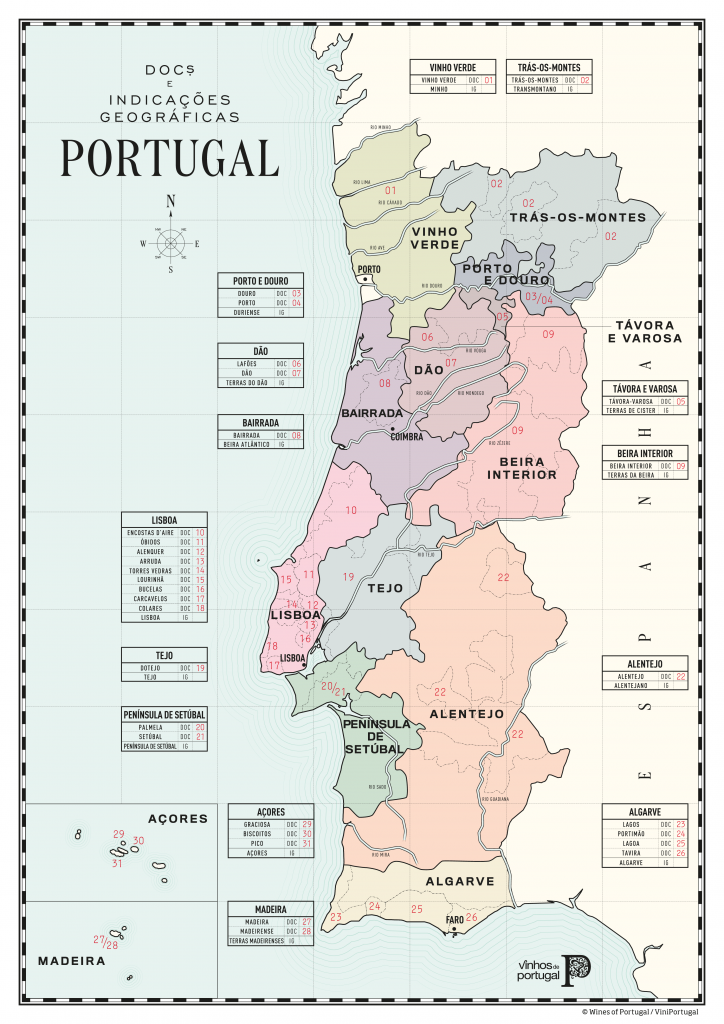
To know better the Regions that we will talk down below, pay attention to those parameters above.
Do you know all the regions of Portuguese Wine?
Vinho Verde
IG – Minho / DOC – Vinho Verde.
The cultivation of these grapes is very different from the other ones. They are planted above the soil and because of that those grapes ripen more slowly. This is why there is a balance between sweetness and acidity.
The cold climate, the high cultivation of grapes, and the grapes they use in this Region are beneficial factors for those who produce this kind of wine.
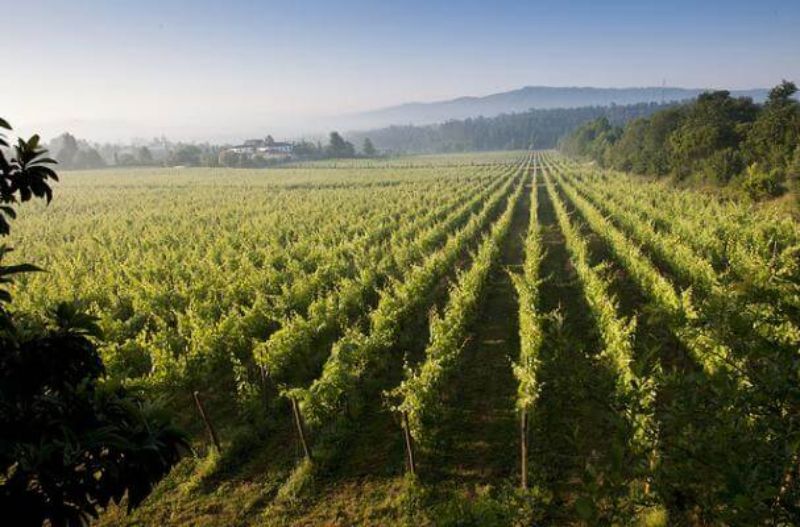
Trás-os-Montes
IG – Trasmontano / DOC – Trás-os-Montes
Trás-os-Montes Region, known by many because its unrivaled hills and valleys, brings uniques characteristics to its wines. Those wines are known not only by diversity but also by their quality.
The white wine has a great aromatic balance, with floral and fruity aromas and correct acidity. When we are talking about red wines, they present a consistent intensity, being well structured.
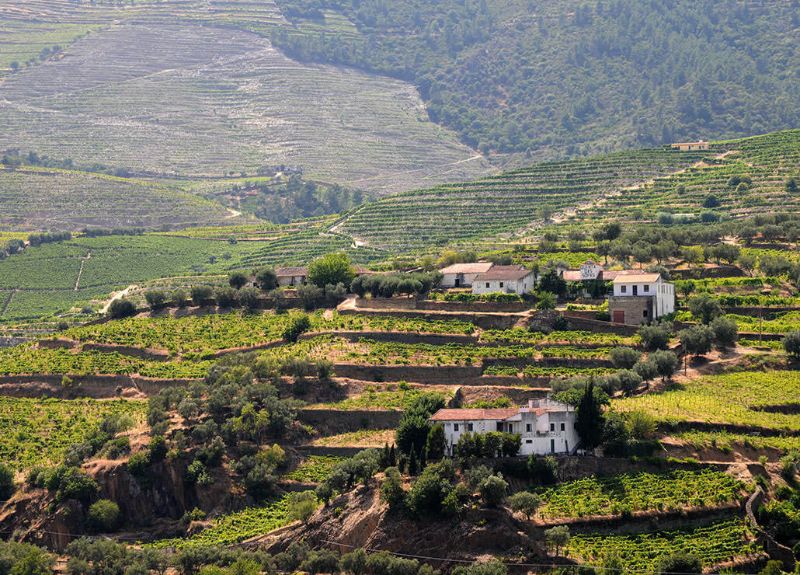
Douro
IG – Duriense / DOC – Douro e DOC – Porto
Probably the most known region beyond borders, Douro’s Valley is the Region known by its Porto’s Wine. Following the mythology, this drink was created to improve the quality of table wines that had doubtful quality.
The classification of Porto’s Wine depends on how much time spent on aging. When the drink is aging by two to three years it is called Ruby; if the drink is aging more than this, the wine is called Tawny.

Dão
IG – Terras do Dão / DOC – Lafões e DOC – Dão
Most of the vineyards in this region have black grapes. Because of that, normally, those wines are drier and have persistent sweetness. The fact that the cold climate affects this Region, it difficult the maturation of grapes and tannins can be stronger.
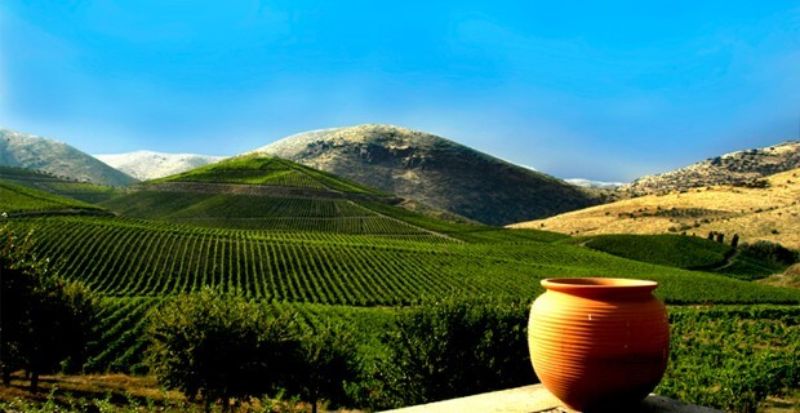
Bairrada
IG – Beira Atlântico / DOC – Bairrada
Bairrada is the first opponent of Dão’s because of the quality of its wines. Two of the grapes you can find most in this Region are Baga (red grape, small bunches of grapes and late maturation) and Bical (precocious grape, and high alcohol potential and soft and aromatic wines).
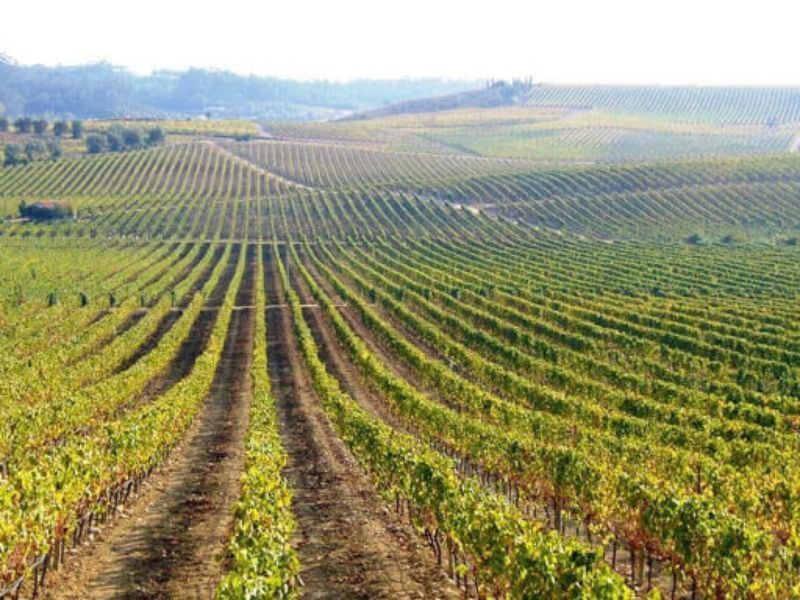
Beira Interior
IG – Terras da Beira / DOC – Beira Interior
The climate is very accentuated, with severe winters and summers. The sandy and granitic soils give very special characteristics to the grapes that are grown there.
Red wines are characterized by being intense, balanced, and young. When we are talking about White wines those have not only high quality but also aromatics and they have persistent of the flavor.
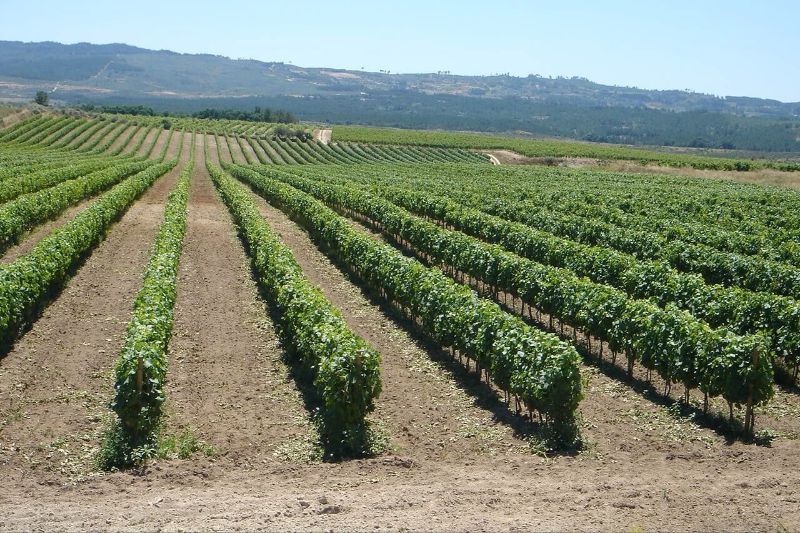
Lisboa
G – Lisboa / DOC – Encostas d´Aire, DOC – Óbidos, DOC – Alenquer, DOC – Arruda, DOC – Torres Vedras, DOC – Lourinhã, DOC – Bucelas, DOC – Carcavelos e DOC – Colares
LMH-Wines, from the Lisbon Region, presents these two Portuguese Wine.
Lisbon Region is considered the most productive from Portugal with more than 55 thousand hectares of grapes cultivated, due to the influence of the Atlantic Ocean.
Nowadays, Lisbon Region is united by two other regions that were designated by Estremadura (more to the north) and Ribatejo (More to South). The wine from this region has lower alcohol content and they are also known for its softness.
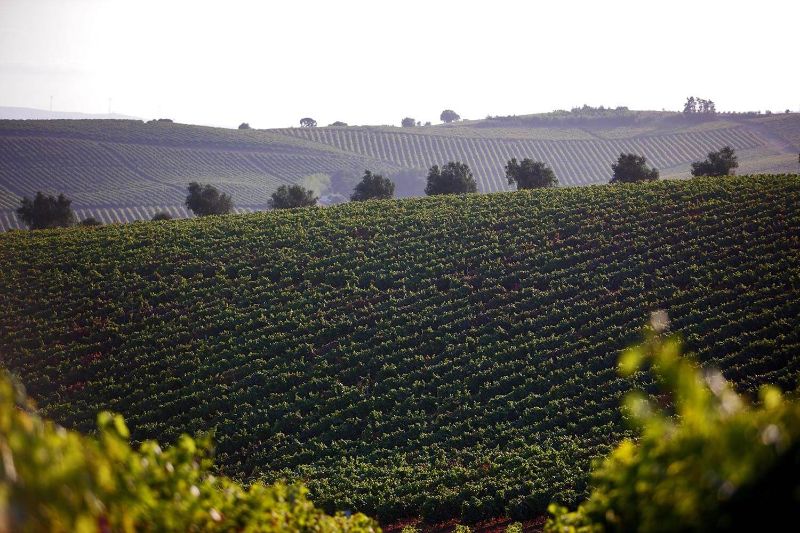
Tejo
IG – Tejo / DOC – Do Tejo
The Tagus Region is one of the oldest in the country. The temperate climate is the basis for the creation of soft, velvety and fruity wines.
Those wine are created with blends from the grapes, as national as international grapes which is the result of original wines, with soft tannins and great complexity of flavors.
On the other hand, this white wine is characterized by the color and very fruity aroma proving the softness when it is tasted.
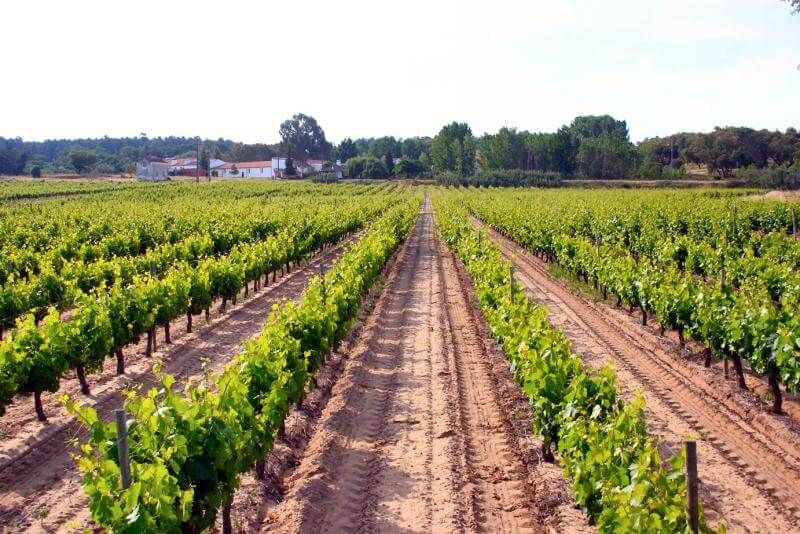
Península de Setúbal
IG – Península de Setúbal / DOC – Setúbal e DOC – Palmela
Due to its Mediterranean climate, the Setúbal Peninsula Region is marked by high temperatures. The wines that are produced in this Region are fruity, young and with good acidity.
Without forgetting to mention the well-known Moscatel de Setúbal, which is produced in this Region. This wine runs across borders leaving the most fanatical asking for more.

Alentejo
IG – Alentejano / DOC – Alentejo
The quality of Alentejo wine comes from high temperatures and low rainfall, which give very specific characteristics to the grapes. In addition, the high hills are responsible for providing high quality cork stoppers.
The Alentejo Region is characterized by the production of the most refined red wine, with medium tannins and the production of white wine with medium to full-bodied bodies.
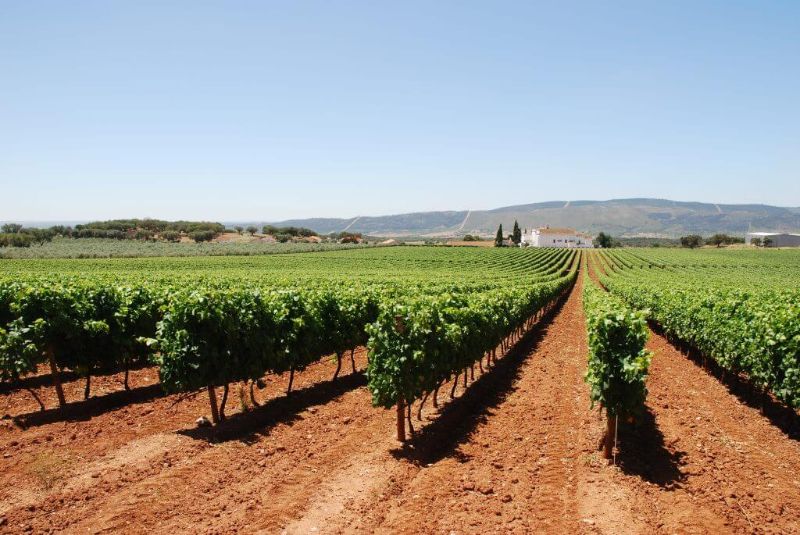
Algarve
IG – Algarve / DOC – Lagos, DOC – Portimão, DOC – Lagoa e DOC – Tavira
The extreme south of mainland Portugal is a region well defined by its proximity to the sea, climate, natural vegetation, and culture that gives the characteristics for a unique wine.
White wine in general is a delicate and smooth wine when tasting, presenting a characteristic of a warm region. On the other hand, red wine is generally velvety, full-bodied and well-structured, often acquiring a topaz tone.
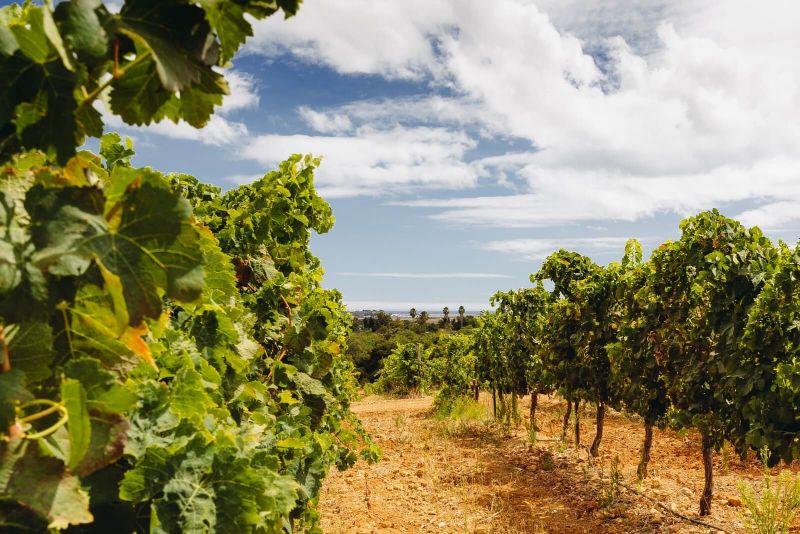
Madeira
IG – Terras Madeirenses / DOC – Madeira e DOC – Madeirense
The taste of wines produced on the island of Madeira is known for its quality due to aging. This region is capable of producing extremely long-lasting wines, whether for decades or even centuries.
Madeira wines harmonize sweetness and acidity, leaving the mouth with a clean feeling when consumed.
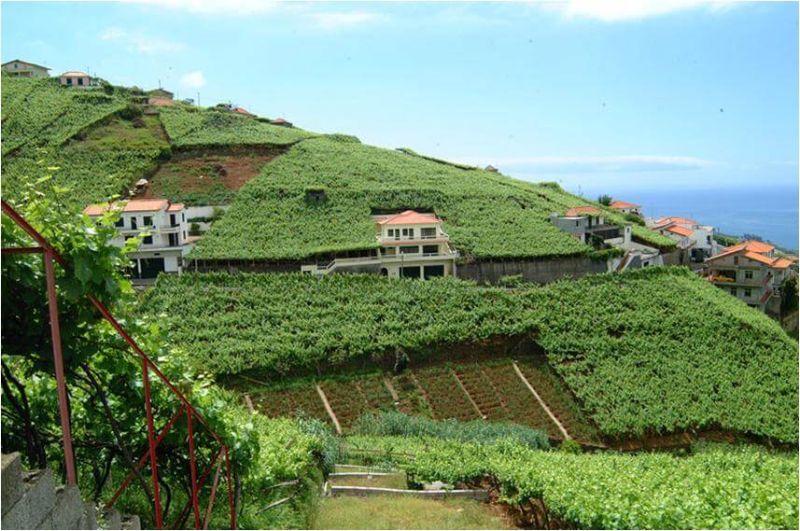
Açores
IG – Açores / DOC – Graciosa, DOC – Biscoitos e DOC – Pico
The exploration and cultivation of grapes in the Azores Region is carried out on three islands; Graciosa, Biscuits and Pico.
Mostly the grapes grown in the Azores offer great freshness on the palate and a remarkable acidity due to the climate, which is also different. A great highlight of this region is the Generous Wine of Pico Island.
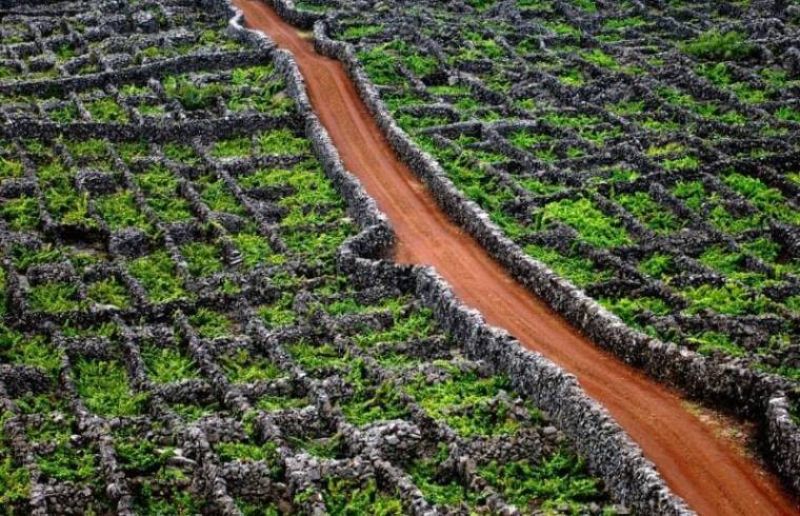
Do you already know Portuguese Wine from LMH-Wines ? Click Here
LMH-Wines
Did you enjoy getting to know more about Portuguese Wine? Then follow us on Facebook, Instagram, and LinkedIn. Subscribe to the Newsletter and do not miss our most exclusive news.























